Breaking myth about Muslim women’s education
This Article was published in
The Frontier Post (March 29, 2010)
By Sahibzada Hussain Mohi-ud-Din Qadri
Islam enjoins upon its followers both men and women to dedicate themselves fully to learning knowledge. There is an ingrained value in every Muslim, man and woman alike to pursue knowledge and to learn about God's Truth. Prophet Mohammad (P.B.U.H) advised his followers to seek knowledge from every nook and corner of the world. In keeping with this value, Muslim women are continuing to make headway in the field of science and their participation in terms of graduation ratios often surpasses that of western women in pursuing scientific degrees according to UNESCO.
Contrarily, the western media is never tired of churning out stereotypes and outdated clichés about the Muslim women. Their favourite propaganda line is that it is because of discrimination ordered by the Islam that the Muslim women lag behind in the field of education. The western mind gets swayed in favour of this kind of reasoning when it is repeated over and over, while the fact is that truth is other way round. The Islamic message, which stresses gender equity and rights for women, is often polluted by competing cultural values that have no basis in Islam scripture.
The quest for knowledge has always applied to women in Islam. God has made no difference between genders in this area. The Prophet (P.B.U.H) once said: "Seeking knowledge is a mandatory for every Muslim (male and female)." (Sahih Bukhari)
History bears witness to the fact that the Muslim women have achieved numerous excellences in the field of science and technology thereby opening ways for more exploration through their findings and dedication. But the western media does not take these contributions into account nor is it ready to offer any kind of appreciation for these women who have broken male hegemony in the field of science and technology.
The fact is that the United States falls behind six Muslim countries in the percentage of women graduating in science to the total science graduate population. The countries whose ratio of women science graduates exceeds that of the United States are Bahrain, Brunei Darussalam, Kyrgyzstan, Lebanon, Qatar and Turkey. Morocco exceeds the United States in the ratio of women engineering graduates as a percentage of the science graduate population.
Traditionally, Muslim women do not face the kind of discouragement in the sciences to the extent that their Western counterparts do, which explains why statistics show such high ratios of Muslim women graduates in science fields as a percentage to the total science graduate population. However, the fact of the matter is that instead of any religion injunctions, these are the socio-economic hurdles that apply equally to both men and women and hinder their way to advancement. These hurdles reflect themselves in the form of poverty, illiteracy, political instability and the policy of foreign powers.
Data that explains the real problem can be found by comparing the total educated populations of countries and regions of the world. A high degree of illiteracy and low levels of secondary school enrollment account for the less number of graduates in poorer countries than in the wealthier regions. In locales defined by UNESCO in their recent report, gross secondary school enrollment ratios are very low: Africa (below 40%), West Asia (below 60%), and East Asia (below 75%).
Gender inequity is a fact of life and does exist, but Islam cannot be singled out for being responsible for it nor can it be relegated to Muslim countries. Some disparaging gender gaps in higher education exist where the religion of Islam isn't even practiced by a majority of the population. For example, only 44% of people enrolled in higher education in Switzerland are women, Guatemala (43%), Rwanda (37%), Korea (36%), Bhutan (34%), Cambodia (29%) and Liechtenstein (27%).
On the other side of the coin, in Tunisia, a country where 98% of people practice Islam, there were 5% more female students enrolled than males in higher education. Malaysian women made up 55% of the enrolled population in higher education, Lebanon (54%), Jordan and Libya (51%). Bahrain even exceeded the United States in the ratio of women enrolled in higher education by 6%. If education is freedom, then it looks like Muslim women in Bahrain are more liberated than American women.
It is not Islam that threatens a woman's right to education. Rather these are the governments, which are hostile to Islam, which often set up roadblocks to prevent Muslim women from obtaining education. Both France and Turkey are guilty of this type of exclusionary persecution, all under the false guise of secularism. According to Human Rights Watch (HRW), a prestigious nongovernmental organization, these bans exclude thousands of women from institutions of higher learning each year. A 2004 HRW report states, "This restriction of women's choice of dress is discriminatory and violates their right to education, their right to freedom of thought, conscience and religion, and their right to privacy."
Despite the fact that the Muslim woman is constantly being harassed about her choice in religion and face the sustained and clichéd portrayal at the hands of the western media that ridicule her faith and demonize her culture, there exists an Islamic tradition celebrating women in science. The Muslims need to remind the world of such heroic and ground-breaking women contributions in an attempt to correct their perspectives. Today, the Islamic culture in which women are encouraged to participate, excel and lead in scientific fields continues to express itself, not only through statistical data, but in real, living, breathing and praying people. Although these women are exceptional, they are by no means the exception to the rule.
Here we have few examples from around the world.
Professor Samira Ibrahim Islam, was nominated as a distinguished Scientist of the World For the Year 2000 by UNESCO. She made significant contributions in drug safety by defining the Saudi profile for drug metabolism. Sameena Shah, presented an innovative algorithm in computerized cognitive leaning that she and a team of colleagues developed at IIT Delhi, India. Professor Dr. Bina Shaheen Siddiqui, has made significant contributions to medicine and agriculture through her study and classification of indigenous plant materials. She has been awarded several patents for anticancer constituents and biopesticides and has written more than 250 research articles. She has been honored with several prestigious awards including the Khwarizmi International Award of Iran and Salam Prize in Chemistry.
Historic records show that women participated in science and medicine in Muslim societies. By contrast, in America, during the 1890's women could not be doctors, and yet, Muslim women doctors were seen as equals to their male counterparts hundred's of years earlier, they were even responsible for written contributions in the field. Also, women like Ijliya, an astrolab builder, were employed as skilled scientists in Muslim courts. Others made progress in pharmacology.
The data for years 2002/2003 contained in these tables describes the percentage of women graduates in science and engineering out of the total science and engineering graduate population in each country, and pertains to higher-education in science: (Statistics from the "Global Education Digest" report released from UNESCO Institute for Statistics2005)
Woman Graduates in Science
Bahrain 74%
Bangladesh 24%
Brunei Darussalam 49%
Kyrgyzstan 64%
Lebanon 47%
Qatar 71%
Turkey 44%
Compared with...
U.S. 43%
Japan 25%
Women Graduates in Engineering
Eritrea 4%
Morocco 25%
Compared with...
U.S. 19%
Japan 13%






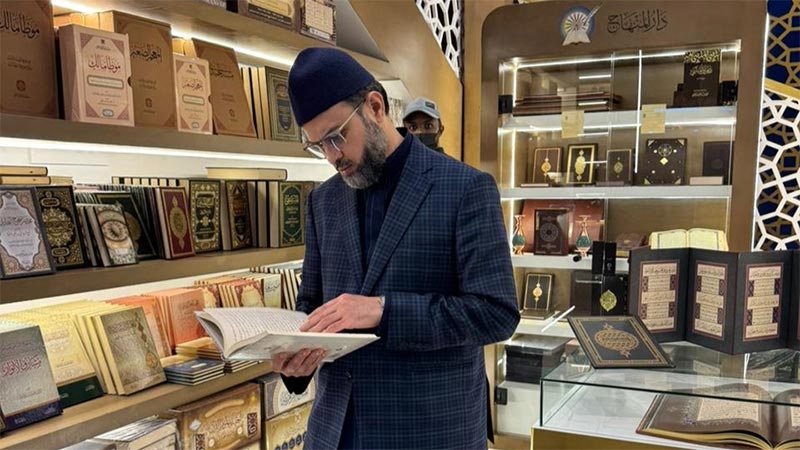
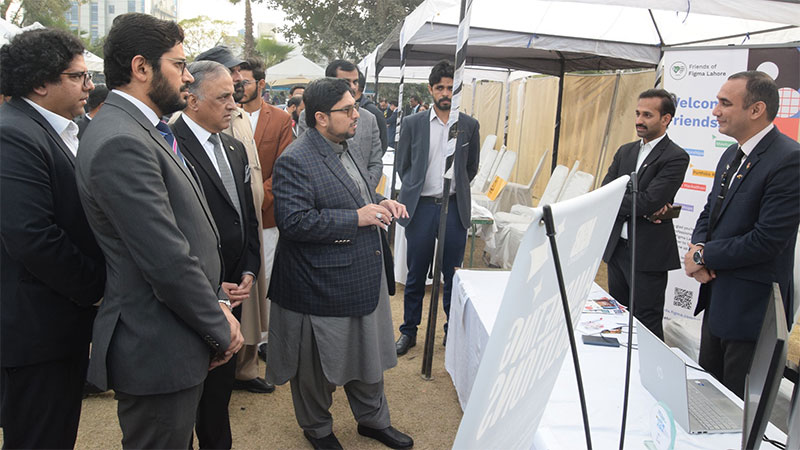
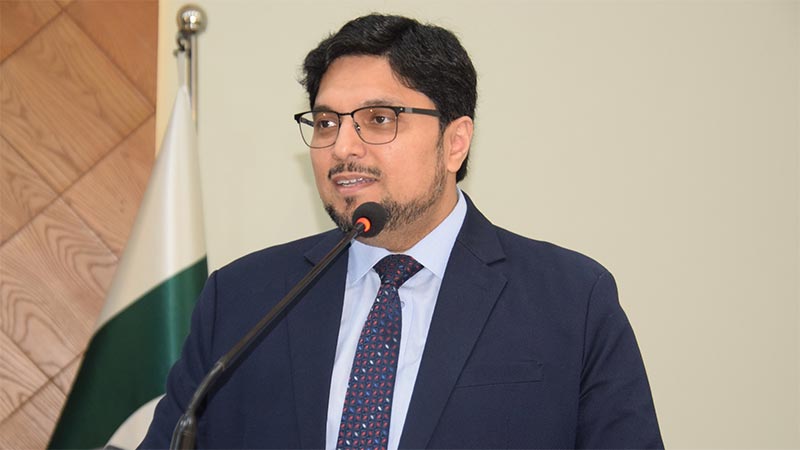
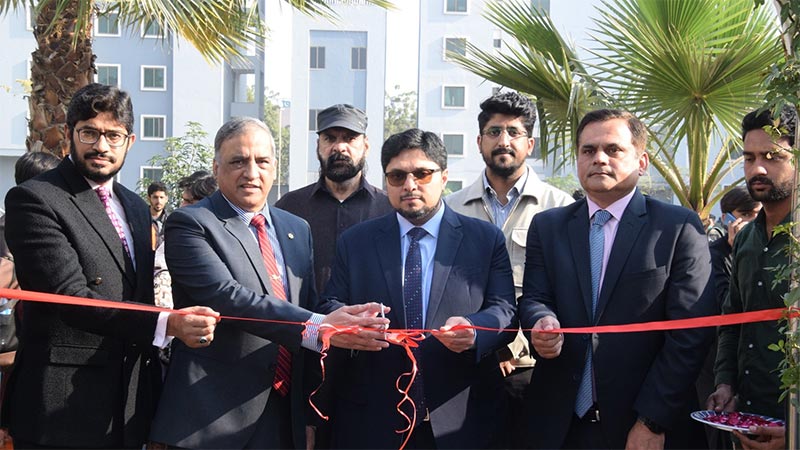
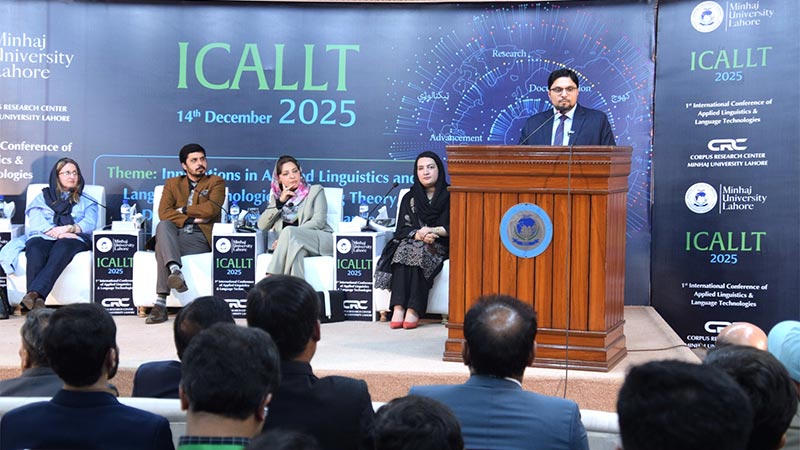

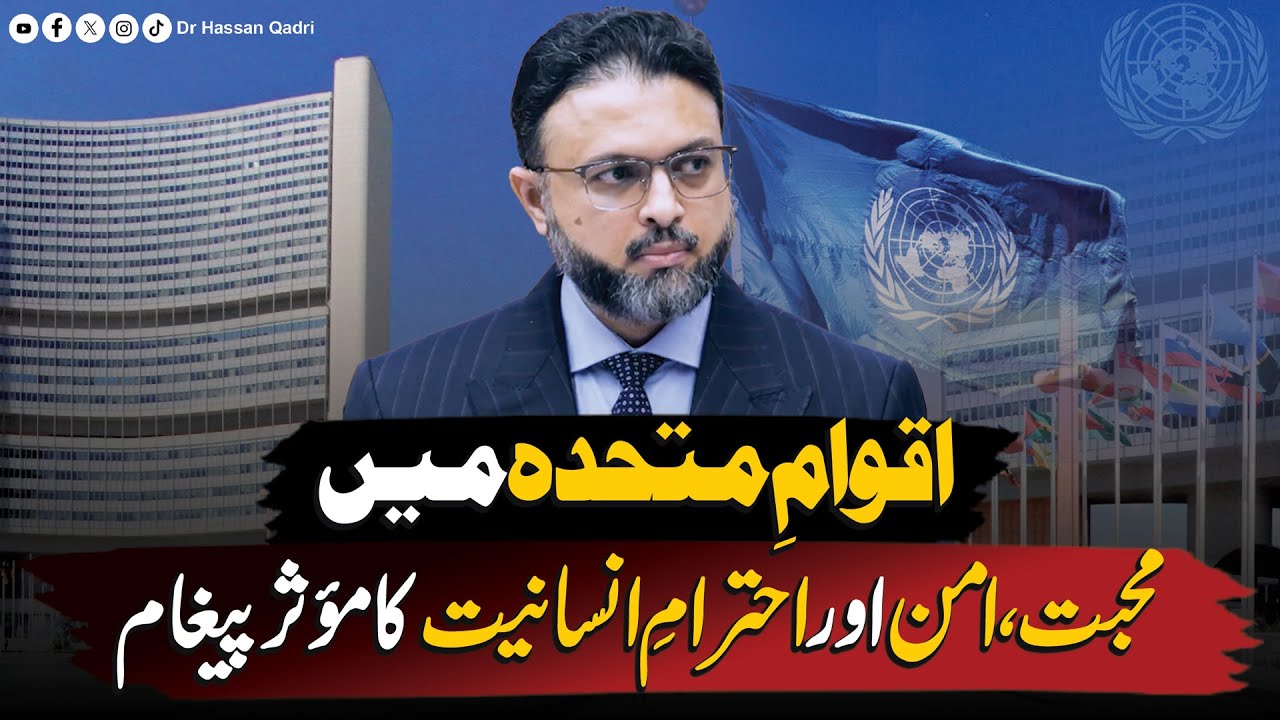
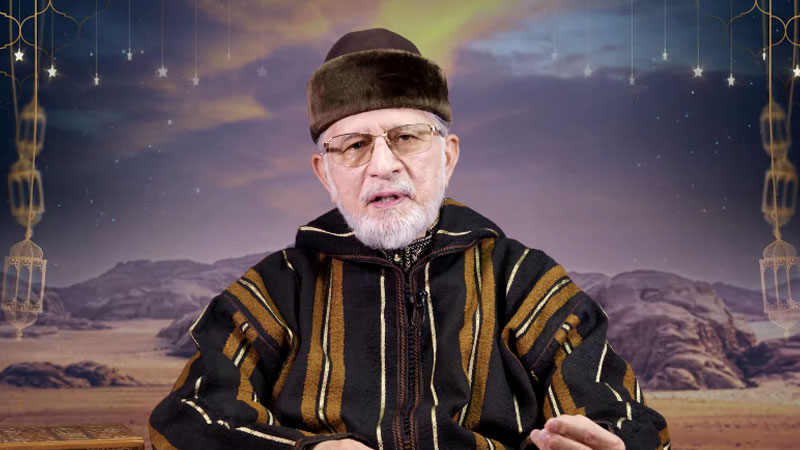
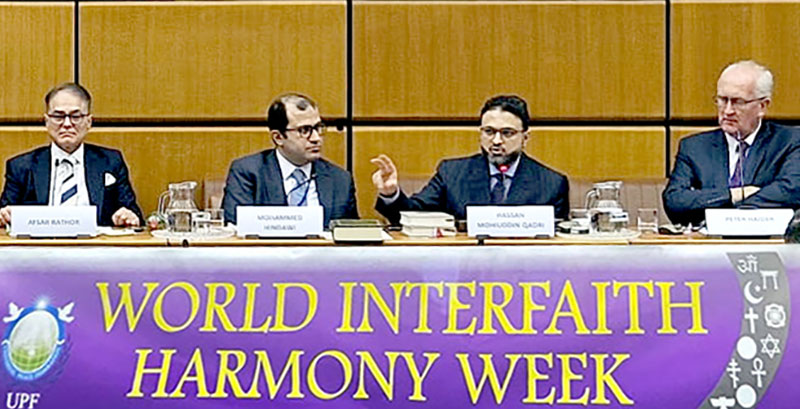





Comments